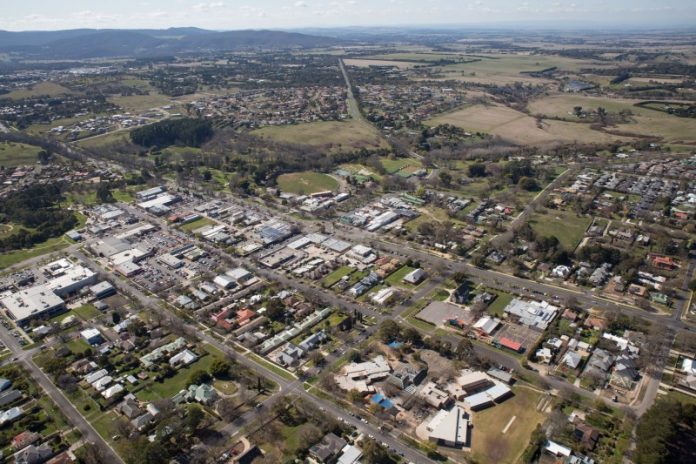
Gisborne’s future will include apartment living and transit-oriented development in New Gisborne with a view to preventing urban sprawl.
Last week Macedon Ranges Shire Council adopted the long-debated Gisborne Futures Structure Plan to shape the town’s next 30 years.
The plan introduces a protected settlement boundary aimed to preserve rural landscapes and maintain rural breaks between townships.
Where that line was to be drawn has long been a point of contention in the community, with councillors removing a proposed housing development known as Glen Junor back in 2021.
While Glen Junor is located between Gisborne and Riddells Creek to the east, there is also the Ross Watt development to the west and Willowbank in the south.
The proposed boundary instead provides an opportunity for transit-oriented development in New Gisborne between the train line and Hamilton Road. It would include a neighbourhood activity centre and allow for three-storey buildings.
“The feedback is as diverse as you could imagine,” Cr Christine Walker said. “We’ve read submissions that are diametrically opposed.”
“Council has decided to aim for its distinct district townships rather than merging of towns by constant spreading – imagine Riddells Creek joining up to Gisborne. This structure plan introduces a town boundary that will limit sprawl.
“We are planning for different sorts of housing to become available. There are plans for apartments. We’re also providing community facilities, which are in very short supply in Gisborne.”
The structure plan was developed over the past several years and included four phases of community consultation.
Cr Dom Bonanno said deciding a protected settlement boundary “as soon as possible” was important.
“Who knows what the current state government will do if they get their hands on our town without a protected settlement boundary. It is important we get this down before we we’re told what the boundary will be,” he said.
“There has been a lot of discussion about density but, if we truly wish to have sustainable housing models, then increased housing densities near a train station can provide the critical mass to support neighbourhood activity centres and local employment opportunities.”
Cr Rob Guthrie was the only councillor to oppose adopting the plan in its current form, siting concerns with density that would “destroy the area”.
“That level of density may be appropriate in an inner-city metropolitan Melbourne but is completely out of character for us in a rural area,” he said.
Mayor Annette Death said thinking about levels of medium density was “a big change” for the Ranges but was done with consideration.
“New Gisborne is the area that provides that provides the opportunity to protect what we have in Gisborne township at the moment, and to have a new innovative way of thinking about how we can provide housing diversity,” she said.
“It’s really important that the community is assured we have put considerable thought into what that built form will look like into the future.”
The council will now write to the Planning Minister to incorporate a protected settlement boundary for Gisborne. The process is expected to include further community consultation.
Further work will take place in planning for Gisborne including urban design framework, planning overlays and neighbourhood character study.






